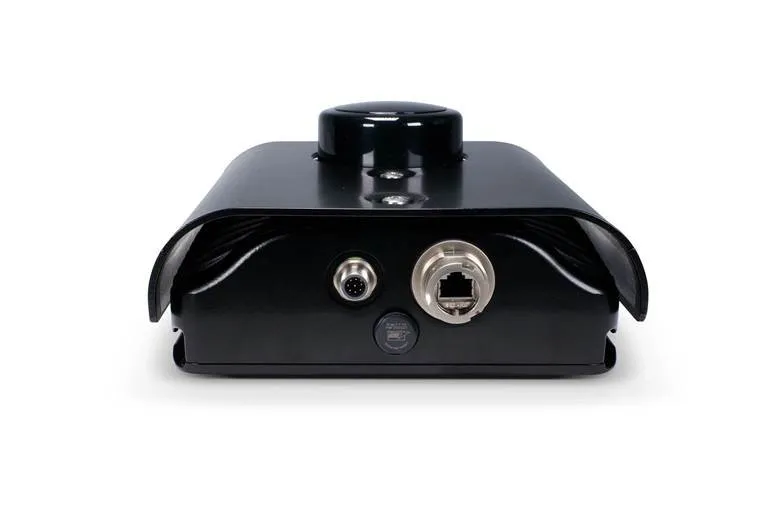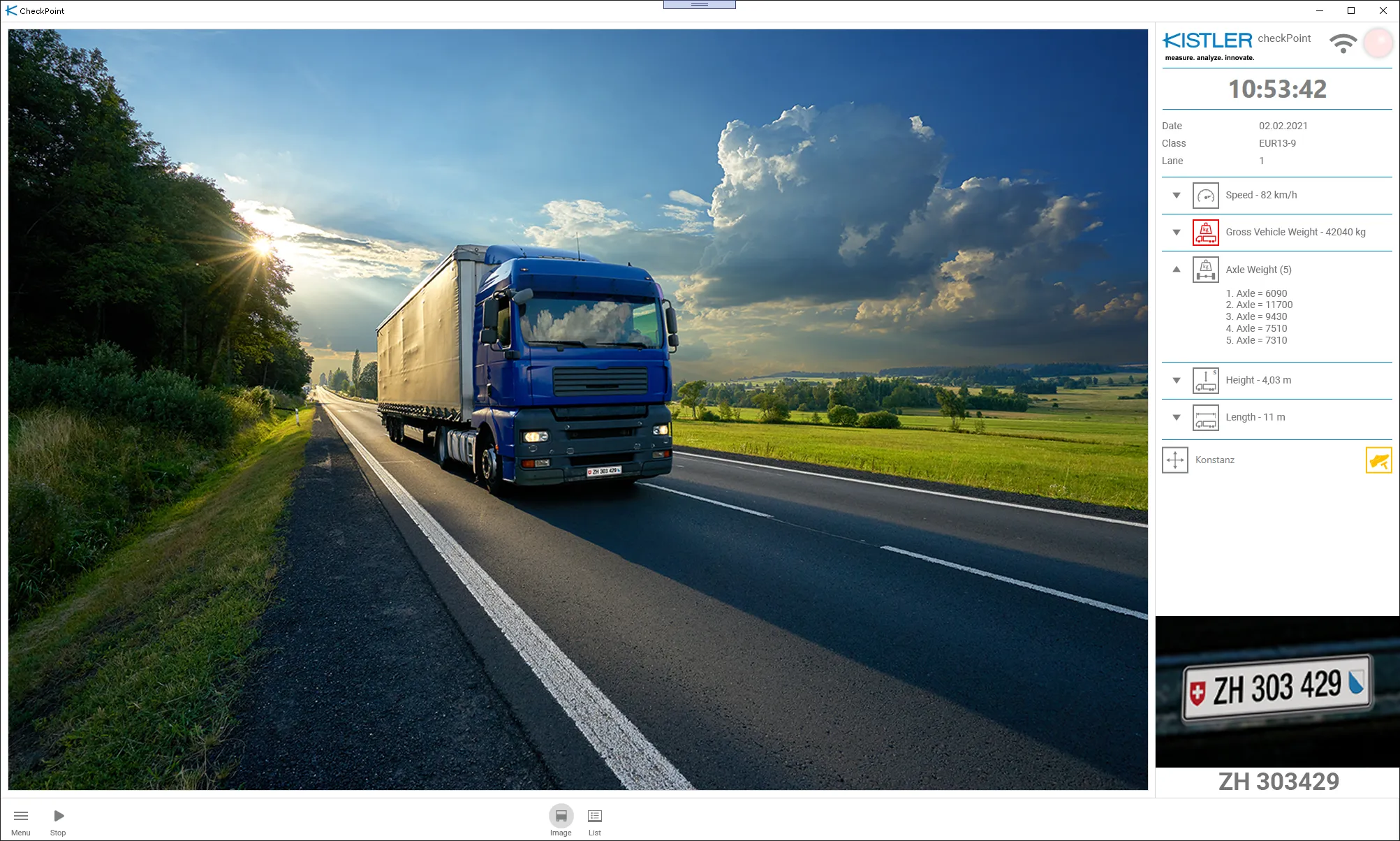Digital camera specialist Basler is introducing edge storage in all IP camera models. The SD card functionality already available in their IP dome camera models will now also be integrated into their IP box camera range. In this setup, the microSDHC card slot provides for local storage of up to 32 GB of data, making it possible to store live streams or single camera images in configurable time intervals on an SD card. In the event of a network failure occurs, the camera acts as a backup solution by recordin
January 15, 2013
Read time: 2 mins
Digital camera specialist 7094 Basler is introducing edge storage in all IP camera models. The SD card functionality already available in their IP dome camera models will now also be integrated into their IP box camera range.
In this setup, the microSDHC card slot provides for local storage of up to 32 GB of data, making it possible to store live streams or single camera images in configurable time intervals on an SD card. In the event of a network failure occurs, the camera acts as a backup solution by recording video streams to the SD card. When the network connection has been restored, the video management system can retrieve the data and merge it seamlessly with video footage captured before the connection was interrupted.
When using an efficient encoder type such as H.264 and a high-capacity SD card, a Basler IP camera can independently capture and store images for an extended period of time without transmitting data back to a client. This is especially useful in remote surveillance locations, since the camera will not require any network connection.
Basler IP Cameras are available as box and dome models with resolutions of VGA to 5 megapixels and frame rates of up to 100 frames per second.
In this setup, the microSDHC card slot provides for local storage of up to 32 GB of data, making it possible to store live streams or single camera images in configurable time intervals on an SD card. In the event of a network failure occurs, the camera acts as a backup solution by recording video streams to the SD card. When the network connection has been restored, the video management system can retrieve the data and merge it seamlessly with video footage captured before the connection was interrupted.
When using an efficient encoder type such as H.264 and a high-capacity SD card, a Basler IP camera can independently capture and store images for an extended period of time without transmitting data back to a client. This is especially useful in remote surveillance locations, since the camera will not require any network connection.
Basler IP Cameras are available as box and dome models with resolutions of VGA to 5 megapixels and frame rates of up to 100 frames per second.










